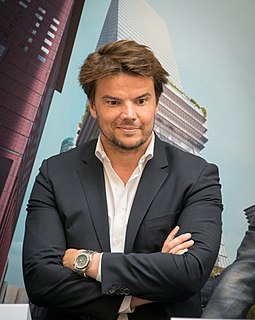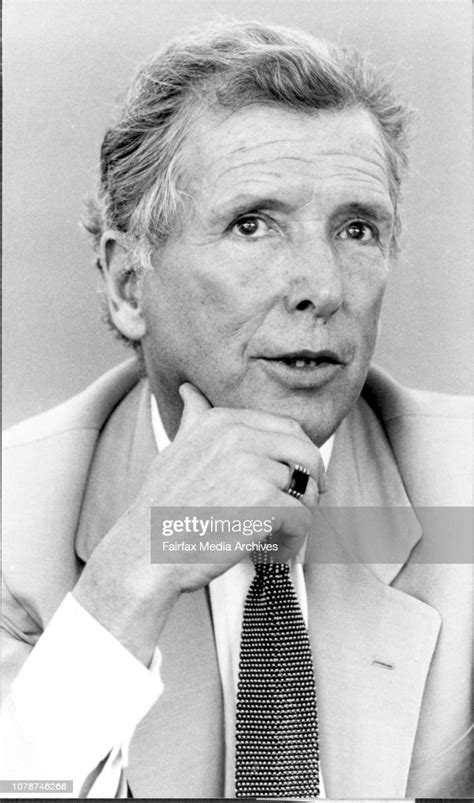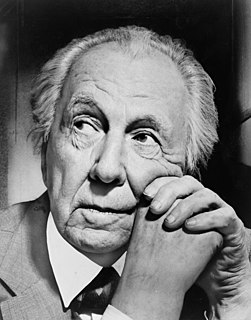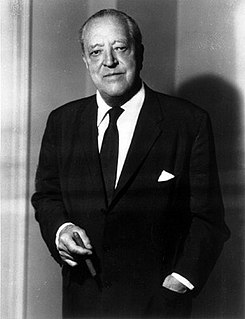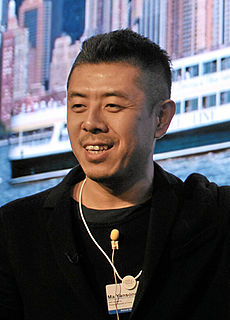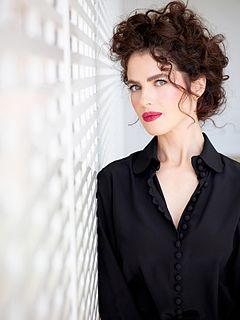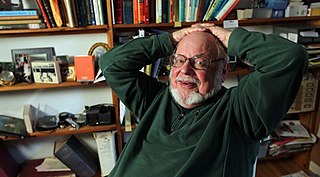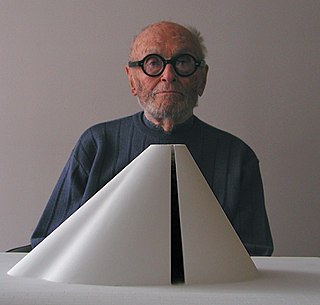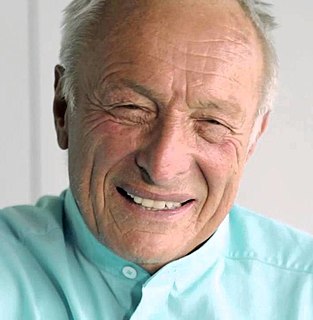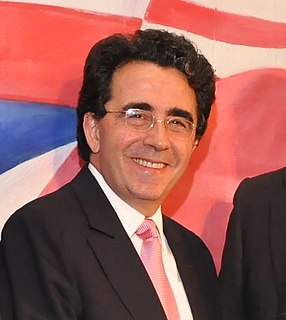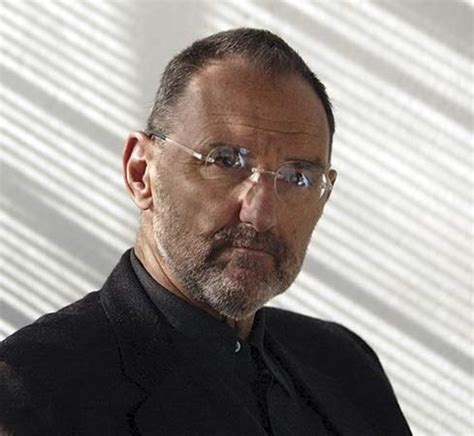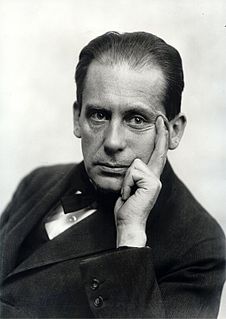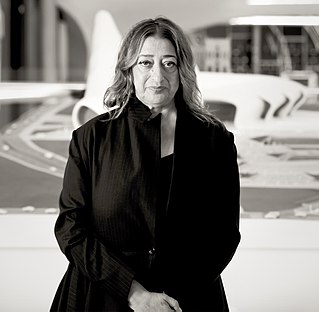Top 42 Quotes & Sayings by Bjarke Ingels
Explore popular quotes and sayings by a Danish architect Bjarke Ingels.
Last updated on April 15, 2025.
When I started studying architecture, people would say, you know, 'Can you tell me why are all modern buildings so boring?' Because, like, people had this idea that in the good old days, architecture had, like, ornament and little towers and spires and gargoyles, and today, it just becomes very practical.
The 'International Style of Modernism' came with the advent of building services. In the end, the architecture became like a container space, essentially like a boring box with a basement full of machinery to make it inhabitable. As a result, buildings literally started to look identical all over the planet.
The fact that something is actually understandable and relatable doesn't mean that it's unsophisticated or banal. It just means that it's crystal-clear. And if you can't explain it, that doesn't necessarily mean it's so brilliant that ordinary mortals can't fathom it. It might just mean that it makes no sense.
